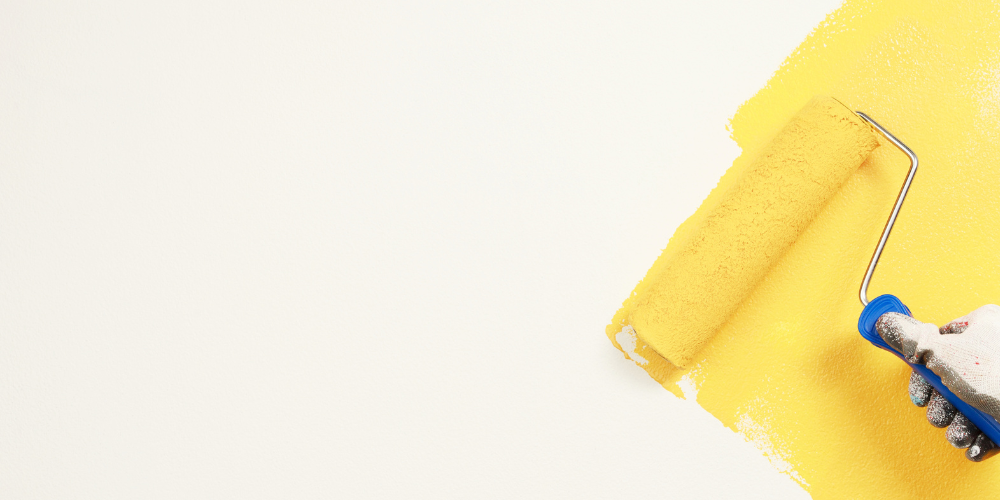We’ve compiled an easy paint calculator to ensure you’re on track from walls to ceilings, to doors, windows and trim!
Painting Walls
Paint Online offer a wide selection of Paint sold in various sizes – 1 litre, 4 litre, and 10 litre. The amount of paint you will need to complete your project will depend on how many coats you require to achieve full opacity, or desired outcome.
Step 1: You simply need to take the width of the wall and multiply it by the height to find the surface area.
For example: if your desired room is 3 metres high, and 4 metres in length, the total measurement of that single wall will be 12 square meters in area. To paint the entire room, find the area of each individual wall, and add the square metres all together for each wall.
Step 2: It’s important to remember to subtract the area of your windows and doors. Simply measure the width and length of each window and door and multiply them together to once again find your area. Once you have your square metres, subtract the number from your original wall total to reduce the amount of paint required.
If you are in a rush, a rule of thumb is an average door size is 1 x 2m and an average window size is 1.5 x 1m.
Remember: 1 litre of Paint will cover approximately 10 square metres of wall room when applying one single coat of paint. Please note; coverage may depend on surface, method of application and paint loss during the process.

Painting Ceilings
If you have already calculated the width of your walls, simply take the width of two of the walls, one being the longer one, and one being the shorter one for all rectangular rooms.
Once you have both measurements, multiply the numbers together to find the area of your ceiling. It’s as easy as that!
Doors, Windows & Trim
Doors, windows and trim are often painted in a different colour or finish than the interior of the walls. It’s best to calculate them separately if you plan to use a different finish. The easiest way to calculate the trim is to add up the length of all trim being painted and then add the width.
Take both the length and the width and multiple the two to get the square metres. You can quickly divide the square metres by 10 to get the amount of litres you will need for one coat.
A few things to consider when calculating how much paint you may need for your project:
- Higher quality tints with more pigment may only require one coat. Test on a smaller wall to see how many coats are needed.
- We recommend painting darker walls with Pro-Series Primer before any light coloured tints.
- Touching up the same coloured wall with a fresh paint job? One coat may be all you need.
- We also recommend making sure your drywall is sanded down, smooth and applying a coat of Pro-Series Primer before your top coat.

